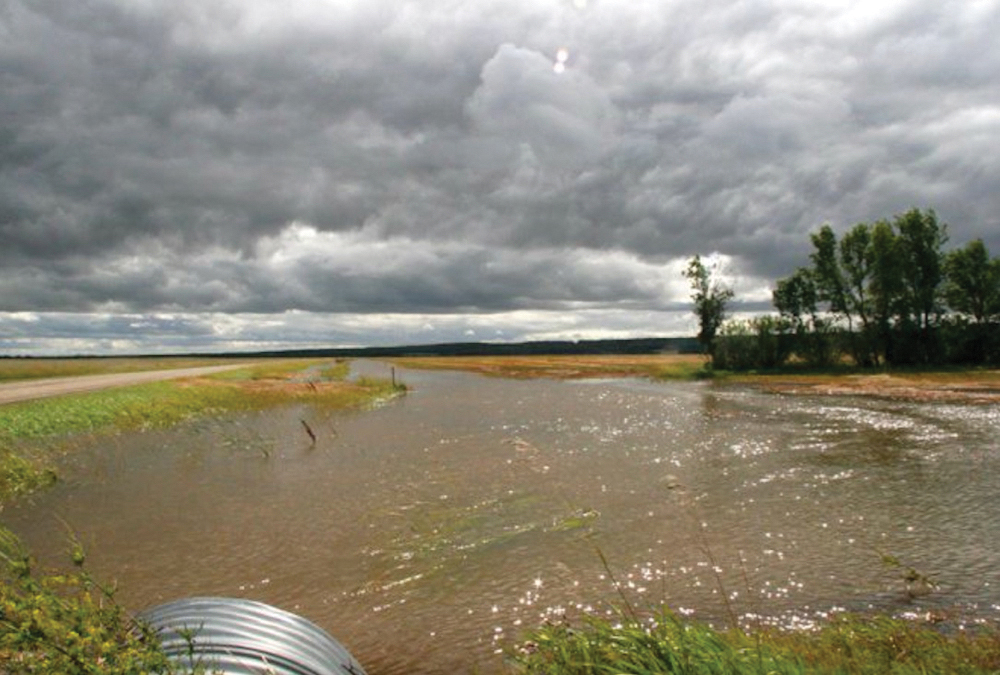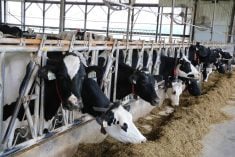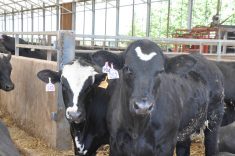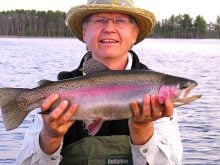Manitoba’s watersheds districts have been given money to expand.
On Dec. 4, Manitoba Environment and Climate Change Minister Tracy Schmidt announced $294,000 for the province’s watershed district network.
“Improving watershed health is such an important part of building a resilient environment and fighting climate change,” Schmidt said.
Read Also
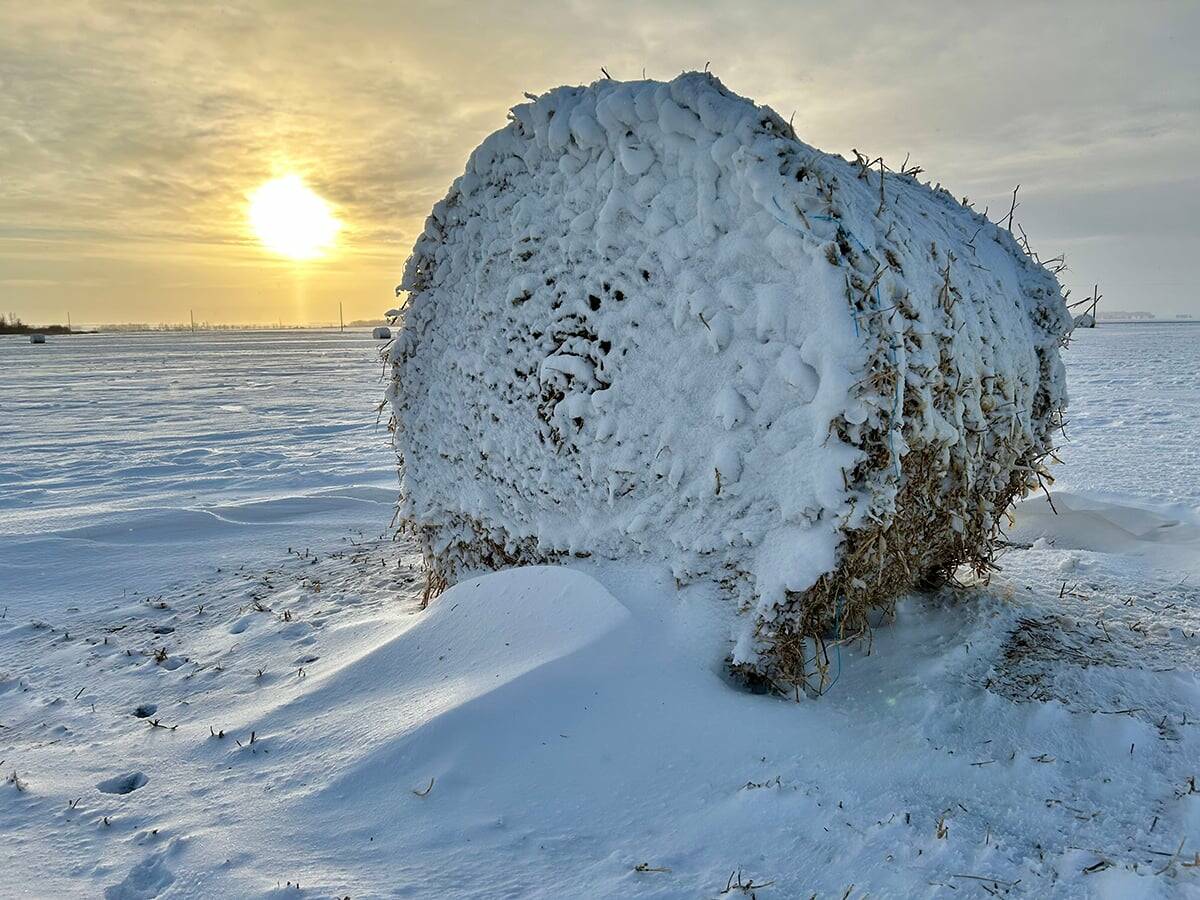
What is perfect Christmas weather?
What is ‘perfect’ Christmas weather on the Prairies? Here’s where you should head this holiday, according to historical weather data.
“Watershed districts help Manitobans connect what is happening in their backyard with what is happening across the province. I look forward to continuing our partnership with the Manitoba Association of Watersheds and working together to protect Manitoba’s environment.”
Why it matters: The announcement came ahead of the annual Manitoba Association of Watersheds conference in Brandon in early December.
Currently, the watershed program covers 14 districts across 113 municipal partners. Grants to the program total about $7 million.
Association board chair Garry Wasylowski said the eventual goal is to have every part of Manitoba covered by a watershed district.
“It’s something that we’ve talked about with the province for a number of years,” he said, as he welcomed the funding.
The organization wants to have money in place as new municipalities join, he added.
“We’re very, very glad to hear that this government is following up with what was happening before and what we’ve been asking for.”
The previous Progressive Conservative government unveiled details of a water strategy this summer. That plan earmarked $600,000 for the Manitoba Association of Watersheds (MAW).
The December conference was the first large-scale event for the districts since Wab Kinew’s NDP government was sworn in this fall.
“I’m anxious to see what this government does with the water strategy,” Wasylowski said.
In particular, MAW has been pushing for an intergovernmental committee to help streamline communications, since the organization is commonly engaging with multiple government departments at a time, including natural resources, agriculture, infrastructure and municipal relations.
“We need to talk about a committee to deal with all of these issues,” he said, noting those conversations were derailed by the election.
Spreading coverage
Many gaps in the watershed districts’ coverage map lie in eastern Manitoba.
Wasylowski noted that participation has been an ongoing discussion in eastern areas including the Northeastern Red River.
The network of watersheds has also recently added to its map.
In April, the previous government announced $265,000 to expand three watershed districts. The municipalities of St. Clements, Lac du Bonnet and Reynolds, along with new parts of the RM of Brokenhead, Ste. Anne, Tache, and Springfield, were set to join the Northeast Red Watershed District. Parts of the RM of Roland opted into the Pembina Valley Watershed, and parts of the RMs of Roland and Macdonald were to join the Redboine Watershed District.
New roles
Although a voluntary organization, the association has recently taken a role administering government programs, such as the Prairie Watersheds Climate Program, which MAW delivers in both Manitoba and Saskatchewan.
That program offers producers funds for on-farm projects that target rotational grazing, cover crops or better nitrogen management. During the first year, the program handed out $7.45 million to 731 producers in Manitoba.
Infrastructure
The same Dec. 4 release noted an additional $300,000 slated for watershed districts responsible for infrastructure. Those responsibilities are carryovers from the old conservation district system and are in place for the Whitemud Watershed District, plus parts of the Inter-Mountain, Westlake and Northeast Red districts.
The extra funds are necessary, given inflation, Wasylowski noted.
“It’s a start. It’s not the solution yet.”
The infrastructure districts got some money in the last provincial budget, he said, “but we haven’t got a long-term solution as to how this funding’s going to go on in perpetuity.”
The Association of Manitoba Municipalities, which held its conference the week prior to MAW’s event, also highlighted the increasing pressures of funding local infrastructure.


